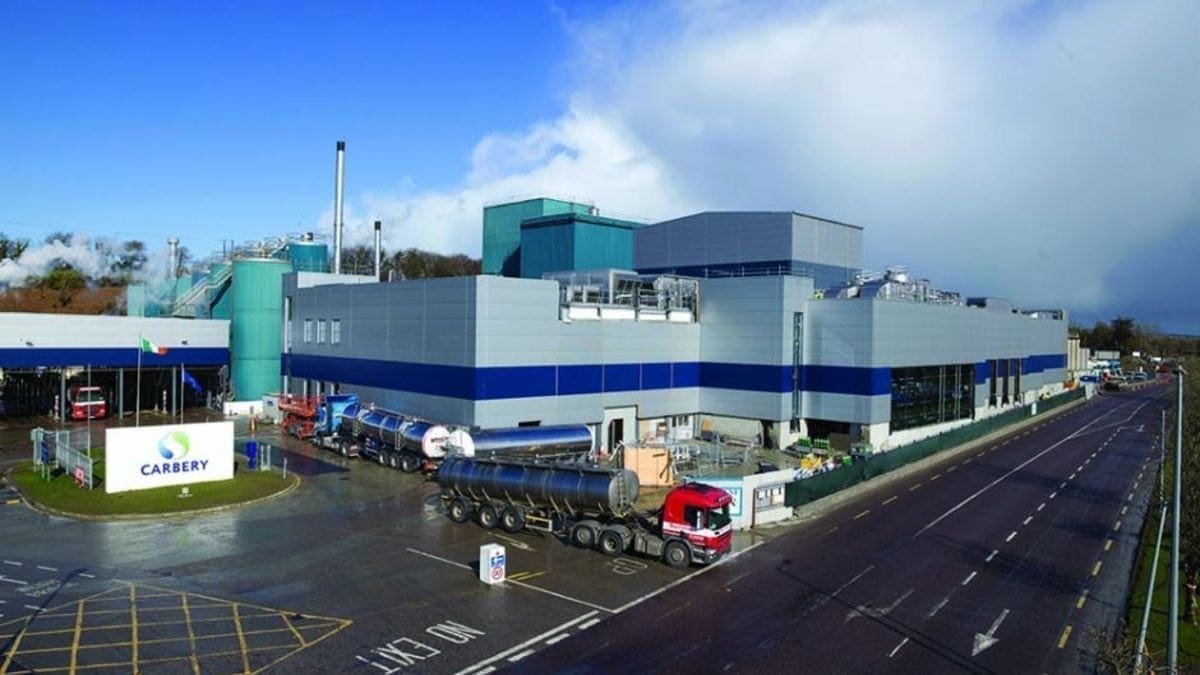NAMIBIA – The biggest challenge for the Namibian livestock and meat industry in 2018 is the mammoth task of bringing to fruition the joint industry vision, which seeks to provide sought-after quality products to the most viable markets for the benefit of all Namibians.
This vision was first drafted in 2016, with key institutions in the industry agreeing that the country lacks a common vision for its livestock and meat industry.
Having a common vision adopted by all in the industry would give Namibia’s meat industry a competitive edge on the world market, the industry agreed.
Key institutions in the industry include the Meat Board of Namibia, Meatco, Agra, Hartlief, Feedmaster, the Abattoir Association of Namibia, the Namibian National Farmers Union and the Namibia Agricultural Union.
A roadmap to harmonise the marketing activities of the livestock producers with the meat industry was launched by agriculture minister John Mutorwa in 2016 after it was realised the industry was fragmented.
Overall, the common vision for the industry is expected to act as a roadmap for the livestock and meat industry as a collective.
“I do not think we have a competitive advantage. I think we are in a position where we should look at how we can obtain a competitive advantage, instead of asking how we can maintain it,” says Meat Board general manager, Paul Strydom.
In achieving this vision, the industry has identified a plan of action that needs to be implemented.
The plan of action speaks on improving animal health, welfare and food safety, improving and maintaining the animal health status and animal welfare in the Foot and Mouth Disease (FMD) free zone, in the Northern Communal Areas (NCAs), as well as to improve the hygiene and safety standards of food/animal origin.
The plan also speaks of creating a conducive policy and institutional environment to increase production, align production with consumer demands as well as utilise slaughter capacity efficiently.
On value addition, the focus is on the development of the value addition strategy, gaining government approval, and eventually implementing it.
Value addition would allow for expansion into new premium international markets whilst maintaining existing ones. It also speaks of plans to focus on developing and supplying local markets with healthy meat products of a high quality.
The process is in line with Vision 2030 as well as the country’s national goals, and this common vision calls upon insightful leadership in the livestock and meat industry that will mobilise resources, and encourage and motivate stakeholders to go the extra mile in terms of implementation.
The Livestock Producers Organisation discussed the dynamics within the livestock industry -especially with regards to the rapid changing environment during the past two to three years- in detail at its last planning session.
Management provided its input on how a healthy meat industry should look.
The most important points identified, were the policy surety and trust, internationally competitive industry, joint understanding of value addition, protection and improvement of natural resources, optimal production conditions, and opportunities to develop the national market.
The Livestock Producers Organisation maintains that primary agriculture is contributing largely through value addition and employment opportunities, with agriculture providing employment opportunities to 27 percent of the active workforce in Namibia.
Therefore, the definition of value addition must be redefined and the livestock organisation has already initiated this process.
“It is my firm belief that during 2018 the livestock and meat industry will group together to achieve its common vision: A uniquely Namibian, dynamic and sustainable livestock and meat industry, providing sought after quality products in the most viable markets to the benefit of all Namibia,” Strydom said.
New Era











